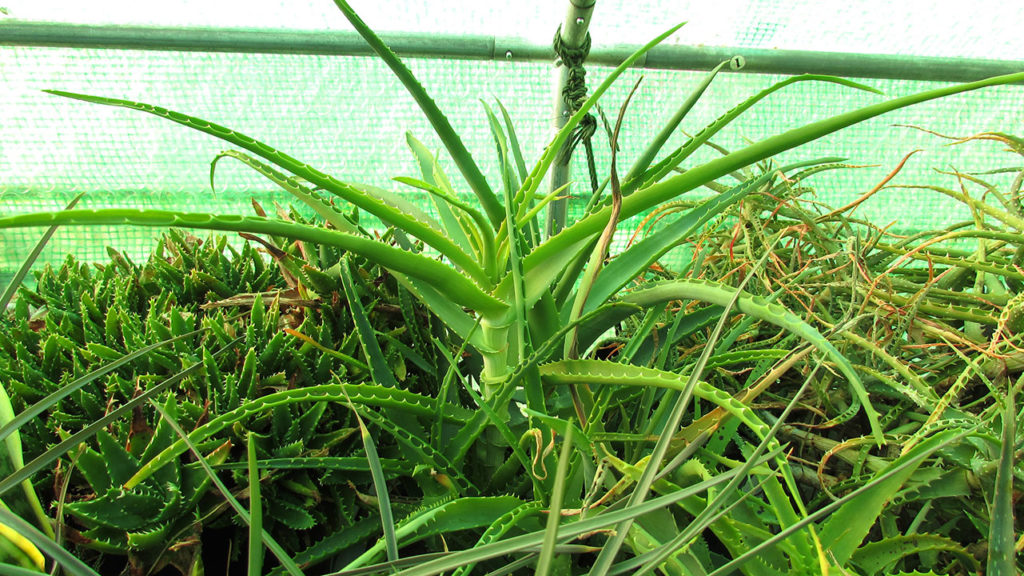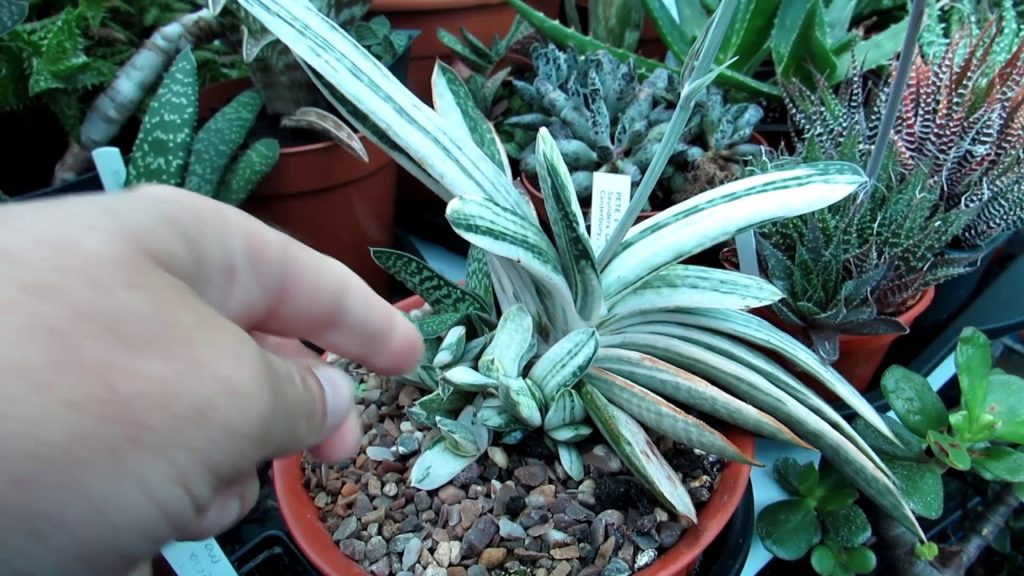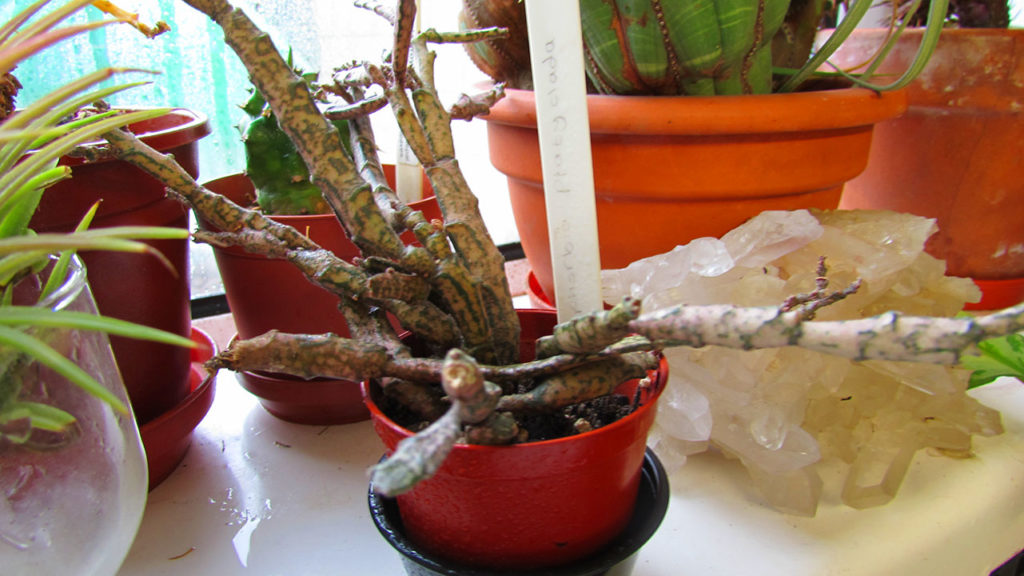In this Blog I will be writing about how you can care for and grow Aloe plants.
What are Aloe Plants ?
Aloe plants are Succulent plants that belong to the plant Family Asphodelaceae, Liliaceae and Xanthorrhoeaceae .
Aloe’s come from Africa, India and the Indian Ocean Islands and there are Over 500 species of aloes plants, with the most common Aloe plant that is readily available being the much loved Aloe Vera plant that is a very popular houseplant and has been used medicinally for many years. Aloes form thick fleshy succulent leaves in a rosette shape and each succulent leaf is are filled with a sticky gel.
In this Blog I will also be sharing videos on Aloe plants that I have made for my Cactus and Succulent You Tube channel called Desert Plants of Avalon including a special video on How to Care for Aloe Plants.
HOW TO CARE FOR ALOE PLANTS
Light:
Aloe plants are often grouped alongside their related genera cousins Gasteria and Haworthia and Sanseveria, but Aloes do like more sunshine than their cousins and although they can be grown in shade they do prefer more bright strong light such as a South or west facing window that receives some sunshine or a sunny position outside that is protected from very strong sunshine and winds. Some of the tougher varieties can tolerate full all day sun.
In Winter its important that Aloe plants are placed in a very bright position and if growing indoors its important these plants can receive some sunshine for at least part of the day as Aloe plant leaves can grow lanky and floppy if not enough light can be given especially in the Winter months when Aloe plants will often still continue to grow.
Temperature:
Aloe plants can take very high temperatures in Summer as long as plenty of ventilation can be given. If you are growing these plants behind glass such as a window or greenhouse its important that plenty of fresh air can be provided on very warm days as these plants can cook at temperatures 100 F or more on a hot sunny day.
In Winter its very important that the temperature never drops below 5 Celsius / 41 Fahrenheit and although these plants can survive a bit lower than this if they are kept totally dry, they can not take any frost at all and its much safer to keep these plants above the temperature of 5c / 41F especially in damper climates where humidity in Winter is a problem. Here in UK and Ireland where I live as the damp and cold can cause fungus and rots to appear on these plants.
personally I would recommend keeping these plants at a minimum temperature of 7-10 C / 45-50 F if possible and I keep all my Aloe plants at around the 7 Celcius / 45 Fahrenheit in my Polytunnel over the Winter months.
Water:
In Spring and Summer Aloe plants like to be given a good water preferably with clean rainwater if it is available and the soil must be allowed to fully dry out before watering again.
In Winter its best to keep Aloe plants on the dry side and I only water mine lightly about once a month because I overwinter mine in a cool Polytunnel where the average Winter temperature is around 7-12 C / 45 – 55F, but if you are growing your Aloe plants indoors in a centrally heated home or outdoors in a tropical climate that has warmer temperatures you may need to water your Aloe plants more often, but its better to under rather than over water in the Winter.
unlike some of the Desert Cacti and some of the other Desert Succulents that have a complete winter dormancy, Aloe plants will often still continue to grow slowly in Winter and although Aloe plants will slow down their foliage growth in Winter, this is the time they will often send out their very beautiful colourful flowers in late Winter to early Spring.

Soil:
Its important to use a well draining soil mix when potting up Aloe plants and I like to make my own of 1 part loam based soil and 1 part horticultural sharp sand and 1 part grit or perlite.
I have made a video for my You Tube channel called Desert Plants of Avalon on How to make your own Cactus and Succulent Cactus soil and you can watch this video below:
The most important thing is that you use a well draining soil so the soil in the pot dries out easily in between waterings. You can use any good quality commercial cactus and Succulent plant soil with Aloe plants.
Re Potting:
Its best to re pot Aloe plants in the spring and Summer when these plants are actively growing. Aloe plants have fleshy water storing root systems and because of their fleshy root systems its best to cut away any dead and decaying roots when you repot your Aloe plants.
Here is a video below that I have made for my You Tube channel called Desert plants of Avalon On How to repot Aloe plants and also including the Aloe cousins Haworthia plants and Gasteria plants where I show you the best way to cut away the dead fleshy roots and you can watch this video below :
Fertilizing:
I fertilise my Aloe plants once a month from Spring until late late /Autumn using a tomato based fertiliser by Maxicrop, ( see photo below ) The reason why I like to use a Tomato fertiliser with my Succulents and cacti is that I truly believe it helps them to flower because of the high potassium in the tomato feed and I have never had tomatoes on my succulents yet haha 😀 but any good quality houseplant fertiliser or a good quality fertiliser especially for Cacti and Succulents should work well. I stop fertilising all of my Aloe plants and all my Succulents and Cacti from late fall / Autumn until Spring when the cooler temperatures and short days come and their growth slows down.
Pruning:
Aloe’s can be fast growing plants and need to be given plenty of space to grow and thrive. Aloe plants do not need be pruned if the growth is healthy and green but its normal for the lower bottom leaves of these plants to go brown and dry up as the new growth emerges from the rosette, and these dead brown leaves can easily be removed and pruned back to make the plants look healthier and tidier.
If you want to know How to prune back the dead brown leaves from your Aloe Plants then Here is a video below that I have made for my You Tube Channel called Desert Plants of Avalon on How to Prune dead leaves from Aloe Plants:
Flowering :
Aloe plants will usually flower late Winter to early Spring but I have had my Aloe plants in my Polytunnel flower in Spring and Summer and Winter haha 😀 but I do have crazy Cacti and Succulent plants that have a mind of their own haha but because Aloe plants are from South Africa in the Northern Hemisphere where I live in in N. Ireland they will normally flower in late Winter ( Jan /Feb ) to early Spring ( Feb -March ) the flowers are gorgeous and are usually red, orange, yellow bell shaped flowers 😀
Here is a couple of videos that I have made for my Cactus and Succulent You Tube channel called Desert Plants of Avalon on Aloe plants in flower both my own and also Aloe’s here in the Botanical garden of Ireland and you can watch these videos below:
Propagation:
From Plantlets :
The wonderful thing about Aloe plants is that they produce lots of plantlets from around their base. The best time to divide these aloe plantlet pups from the parent plant is when you are re potting in the Spring and Summer months.
You can then pot up the individual plantlets from the base of the Mother plant into individual pots to give away to friends and family.
From Seed:
These plants will occasionally produce seed pods too if the flowers have been pollinated by other Aloe Plants also in flower 😀 and if your Aloe plants have been pollinated then once the seed pods have ripen and the pods have turned brown then you can harvest the seeds to sow them and get more Aloe babies haha. Most Aloe Plants are not self pollinating though and you would need more than one Aloe plant in flower to get seeds.
If you are lucky enough to find seed pods on your Aloe plants and you want to know How you can harvest the seeds from the pods and also when the seed pods are ready to be harvested, then watch this video below that I have made for my Cactus & Succulent You Tube Channel called Desert Plants of Avalon.
If you want to know How to Grow Aloe plants from seed then you can watch the video below I have made for my cacti and succulent You Tube channel called Desert Plants of Avalon on How to grow Aloe plants from Seed :
Pests & Problems:
The Biggest problem with Cacti and Succulents including Aloe is Mealy bug they are the pain of any succulent plant lovers life haha and the best way to treat them is with using a solution of Isopropyl alcohol /rubbing alcohol and also Horticultural neem oil for treatment of prevention long term. The Isopropyl alcohol is best to treat the bugs that you can visually see and the Neem oil helps to keep the bugs away long term.
Here is a video below that I have made for my You Tube channel called Desert Plants of Avalon on How to remove Mealy bug from Succulent Plants including Aloe’s using Rubbing alcohol / isopropyl alcohol:
Here is a video below I have made for my You Tube Channel called Desert Plants of Avalon on How to use Horticultural Neem oil to prevent and treat insect pests on Houseplants including Aloe’s:
Here is a video below that I have made for my You Tube Channel called Desert Plants of Avalon on How to Care and Grow Aloe Plants.
Thanks so much for reading guys and wishing you all lots of Happy Growing and Plant Power from across the Emerald Isle
Lyn XXXXXX






